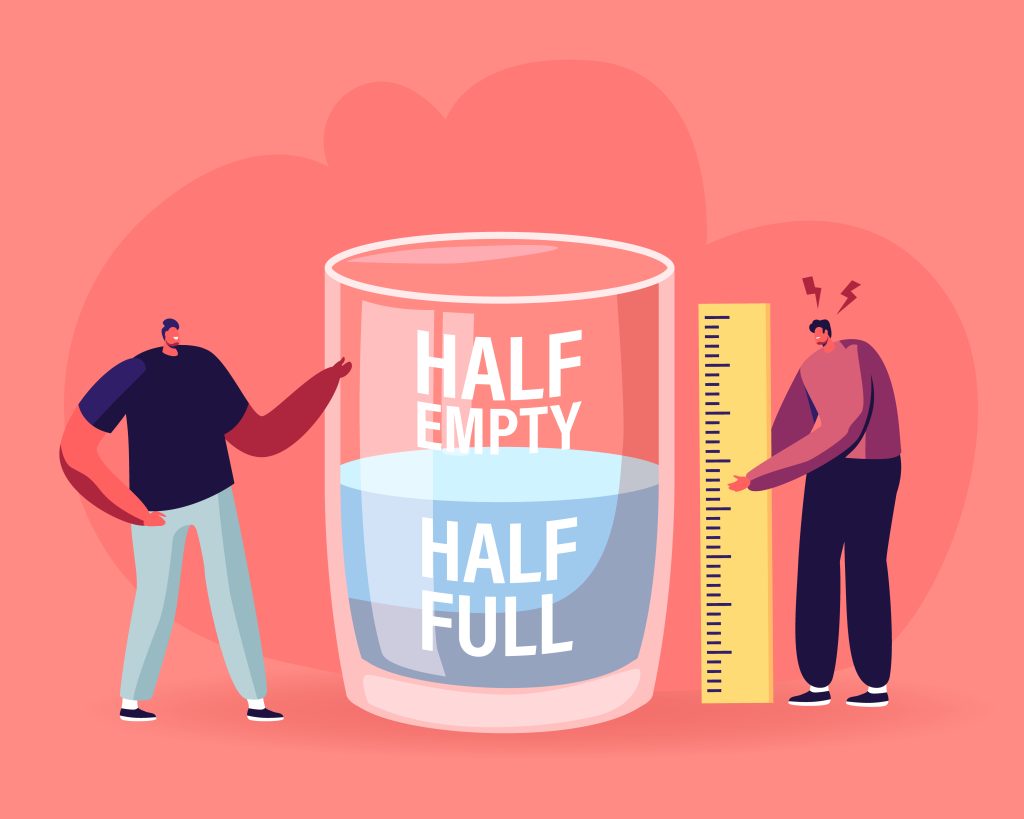Retail has taken a beating in recent years. First, there was the pandemic, which forced many stores to close their doors and customers to stay home. Then came the war, which led to inflation and a decrease in consumer spending. Now, retail is struggling to recover.
Coming to the end of the first quarter of 2022, merchants are either cautiously optimistic or guardedly pessimistic, depending on if your glass is half full or half empty. The good news is that retail sales have been strong, as consumers are finally comfortable getting out and around in groups and social settings, and that has been a boost for clothing, beauty and travel. A slight inflationary environment has also allowed merchants in key categories to raise prices and increase profitability without alienating consumers.
While this would normally be good news, it’s being shadowed by a dark cloud of uncertainty as to what the next six months will bring to the market. While a little inflation can be good, too much inflation is bad; consumers that buy more today based on that fact they they feel the price will be more tomorrow feed an inflationary cycle. As we learned in the 1980’s, inflation is not self-correcting and must be managed by Fed policy that acts like a wet blanket on a fire: The fire goes out, but everybody chokes on the smoke in the process. Other potentially complicating factors include the price of fuel; inelastic demand for staples like fuel mean that continued high prices put a dent in household discretionary spending. The war in the Ukraine is also creating a lot of uncertainty in the market, and we don’t yet know what other impacts it will have on the global supply chain outside of fuel and energy prices.
Overview by Don Apgar, Director, Merchant Services Advisory Practice at Mercator Advisory Group
